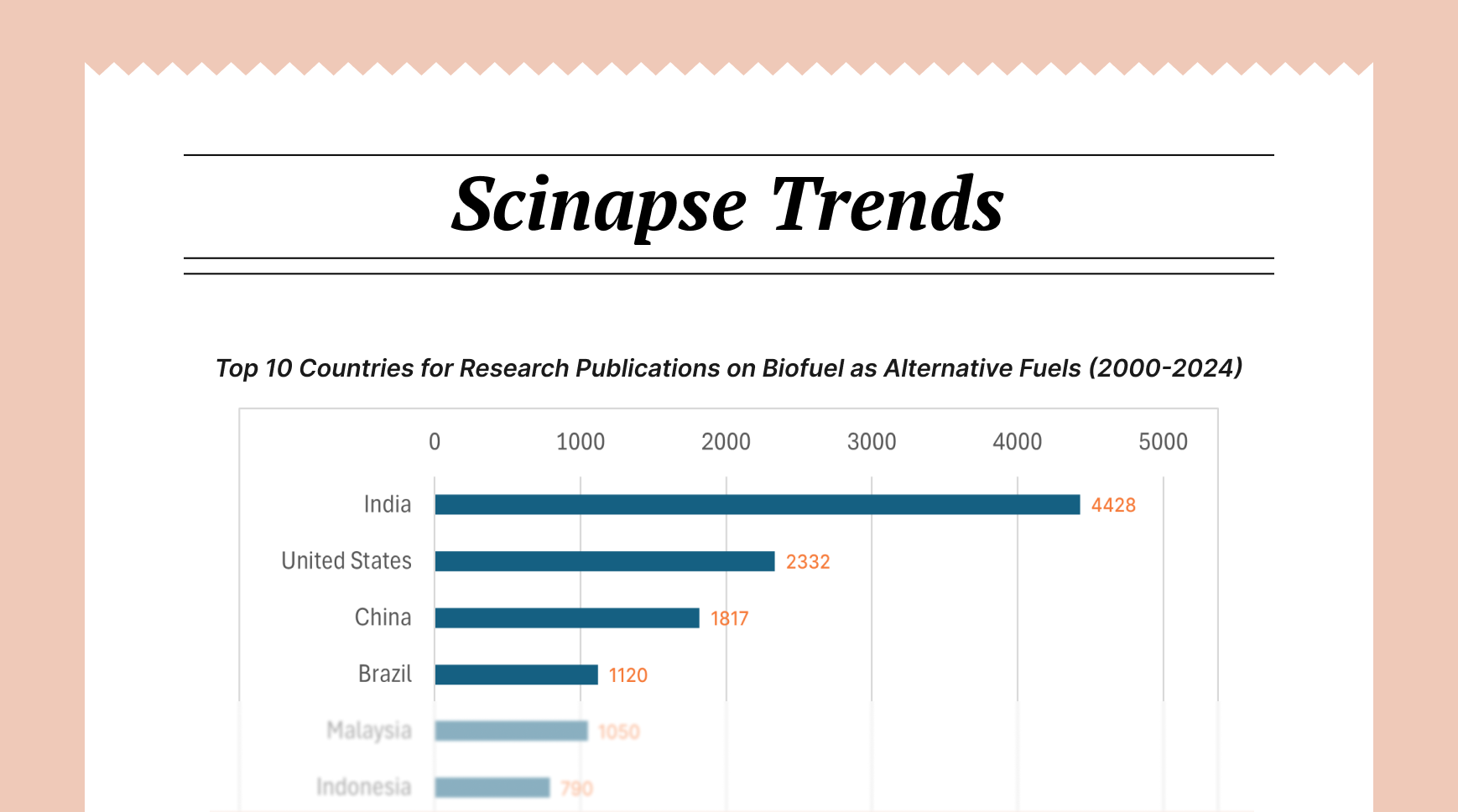Structure of a Literature Review

A well-structured literature review does more than summarize existing research—it synthesizes, analyzes, and organizes scholarly work to create a foundation for new inquiry. The structure of a literature review significantly impacts its effectiveness, determining how easily readers can follow your argument, evaluate your synthesis, and understand the scholarly conversation you're entering. This article explores essential structural elements of literature reviews, organizational approaches, and strategies for crafting coherent and compelling reviews across different contexts.

4 Main Structural Elements of Literature Review
While literature reviews vary across disciplines and purposes, most effective reviews incorporate these fundamental structural components:
1- Introduction
The introduction establishes the purpose and scope of your review while contextualizing its importance. An effective introduction:
- Clearly defines the research question, problem, or topic being examined
- Establishes the scope and boundaries of the review (what is included and excluded)
- Explains the significance of the topic and why a review is necessary
- Provides a roadmap that previews the organizational structure
- States the thesis or argument that will guide the review (for argumentative reviews)
The introduction should be proportional to the overall review—typically 5-10% of the total length. For dissertation literature reviews or standalone review articles, this section might be more extensive, potentially including a separate methodology section detailing search strategies and inclusion criteria.
2- Body
The body constitutes the main substance of your literature review, presenting and analyzing the relevant research. Regardless of the specific organizational approach (discussed below), the body should:
- Group related studies and findings in a logical manner
- Present both areas of consensus and controversy in the literature
- Evaluate the strength of evidence and methodological approaches
- Identify patterns, trends, and gaps in existing research
- Make explicit connections between different studies and perspectives
- Maintain a critical stance while avoiding unfair or unsubstantiated criticism
Throughout the body, maintain a clear focus on how each section relates to your central research question or thesis. Each paragraph should have a clear purpose that advances your overall analysis.
3- Synthesis and Analysis
While synthesis occurs throughout a literature review, effective reviews include explicit analysis that goes beyond summarizing individual sources. This critical component:
- Identifies relationships, contradictions, gaps, and inconsistencies in the literature
- Evaluates the strengths and limitations of existing research approaches
- Discusses methodological issues or theoretical frameworks across studies
- Considers how historical context has shaped the evolution of research
- Highlights emerging trends or shifting paradigms in the field
The analytical elements distinguish sophisticated literature reviews from annotated bibliographies or disconnected summaries. They demonstrate your understanding of the literature as a cohesive (or fragmented) body of knowledge rather than isolated studies.
4- Conclusion
The conclusion solidifies the contribution of your literature review by:
- Summarizing the major findings and patterns identified
- Explicitly stating the implications for theory, practice, or policy
- Articulating remaining gaps or unanswered questions
- Suggesting directions for future research
- Reconnecting to the original purpose established in the introduction
The conclusion should provide closure while opening space for the research that will follow, whether that's your empirical study or an invitation for others to address identified gaps.
Structural Considerations for Different Types of Literature Reviews
The structure of a literature review should align with its purpose and context:
1- Thesis or Dissertation Literature Reviews
Literature reviews within larger graduate works typically:
- They are more comprehensive in scope than standalone reviews
- Include detailed methodological descriptions of search strategies
- Connect explicitly to the research questions or hypotheses being investigated
- Establish theoretical frameworks that will guide the subsequent study
- Demonstrate the originality and significance of the proposed research
These reviews often benefit from multifaceted organizational approaches that combine a chronological overview with thematic or methodological sections.
2- Standalone Review Articles
Published review articles generally require:
- Clear methodological transparency about search strategies and inclusion criteria
- More authoritative synthesis and evaluation of the field
- Strong analytical components that advance theoretical understanding
- Discussion of practical or theoretical implications
- Identification of specific directions for future research
Journal-specific formatting requirements will influence some structural elements, but the core components remain consistent.
3- Integrative Components of Empirical Articles
Literature reviews within empirical articles are typically more focused, with:
- Tighter scope directly relevant to the specific study being reported
- Greater emphasis on establishing the rationale for the current research
- More explicit connections to the methods and expected findings
- Less comprehensive coverage but still requiring critical synthesis
- Briefer treatment of historical context unless directly relevant
Despite their brevity, these reviews still require thoughtful organization rather than simply listing previous studies.
3 Structural Techniques for Enhancing Coherence
Regardless of the organizational approach, these techniques enhance the structural coherence of literature reviews:
1- Signposting
Guide readers through your review structure with:
- Clear section headings and subheadings that reveal your organizational logic
- Explicit transitional statements connecting sections and ideas
- Topic sentences that orient readers to each paragraph's focus
- Summary statements that consolidate understanding before moving to new sections
Effective signposting becomes increasingly important as reviews grow in length and complexity.
2- Comparative Tables and Figures
Visual representations can clarify structural relationships by:
- Summarizing key findings or methodological approaches across multiple studies
- Illustrating theoretical relationships or conceptual frameworks
- Mapping chronological developments in compact form
- Displaying geographical or contextual patterns in the literature
These elements complement rather than replace textual analysis but can significantly enhance structural clarity.
3- Consistent Analytical Framework
Apply consistent evaluative criteria throughout your review by:
- Establishing early the dimensions on which you'll evaluate studies
- Maintaining similar analytical depth across different sections
- Using parallel structure when discussing comparable studies
- Ensuring balanced treatment of supporting and contradicting evidence
This consistency helps readers follow your analytical approach across different bodies of literature.
Conclusion
The structure of a literature review is not merely an organizational convention but a rhetorical choice that shapes how knowledge is presented and understood. By thoughtfully structuring your review—from the broad architectural elements to the connecting transitions between ideas—you transform disparate research into a coherent scholarly conversation. An effective structure illuminates relationships between studies, highlights patterns across the field, and creates a foundation for meaningful contribution to knowledge.
Author: Uttkarsha B
- AI-Ethicist and STM Research & Publishing Expert
Never re-search again.
Scinapse is made by researchers for researchers.
Join the next generation of research at ⏯️ https://scinapse.io/
Pluto Labs
Pluto Labs helps researchers focus on their research by improving several inefficiencies in the academic research process. We offer data-driven insights from academic papers, allowing users to easily obtain review-level results for their desired range of papers.
https://pluto.im/





Comments ()